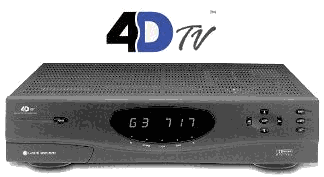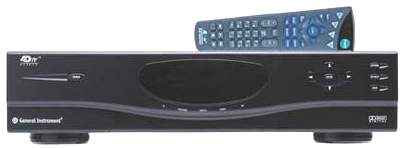Motorola 4DTV Satellite Technology
4DTV technology was originally developed in 1997 by General Instrument which is now a division of Motorola, making Motorola the sole owner of the technology. 4DTV describes signals that use the DigiCipher 2 standard of signal encryption and compression. DigiCipher 2 was originally intended to be the digital signal compression standard for digital television and audio signals beamed to North America, and thankfully it wasn't. About 70% of newer first-generation digital cable networks in North America now use the 4DTV (DigiCipher 2) format.
The 4DTV receiver combines the benefits of analog, Ku-band, and digital systems. It delivers both digital and analog signals. A modern 4DTV receiver as of 2007 has the capability of receiving more than 500 channels of audio and video.
The following formats can be received with a Motorola 4DTV receiver:
- DigiCipher II Channels
- Scrambled VideoCipher II Plus Channels
- Standard Analog Channels (the few that are left)
Motorola advertises their 4DTV receiver as "two receivers in one," because it allows the viewing of both analog and digital channels with an integrated graphic user interface.
The following are known Motorola 4DTV receiver models:
- They also have a "DSR-905 sidecar" which is designed to be connected to a legacy analog receiver.

- The discontinued HDD200 receiver was designed for high definition channels.
4DTV digital channels use a "An nnn" format, where "An" is the special two-character satellite abbreviation and "nnn" is an arbitrary three-digit channel number assigned to a specific channel on a particular satellite. 4DTV receivers are also designed to receive any remaining analog TVRO satellite channels and feeds.
Many experts expect 4DTV to become obsolete by about 2010. However, since 4DTV is used for the primary feeds to cable and small dish providers, and has much higher quality over DVB, it may be around much longer. 4DTV isn't really meant for the consumer, it is meant for other providers to receive primary feeds that they bundle and rebroadcast to the consumer.

